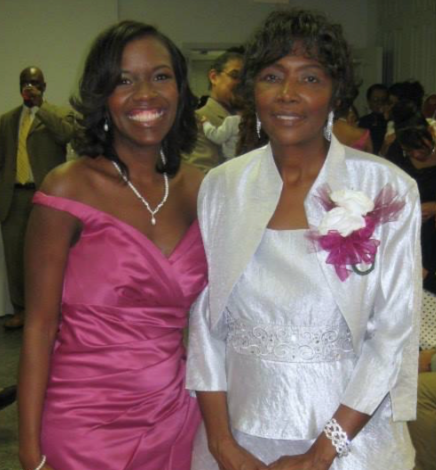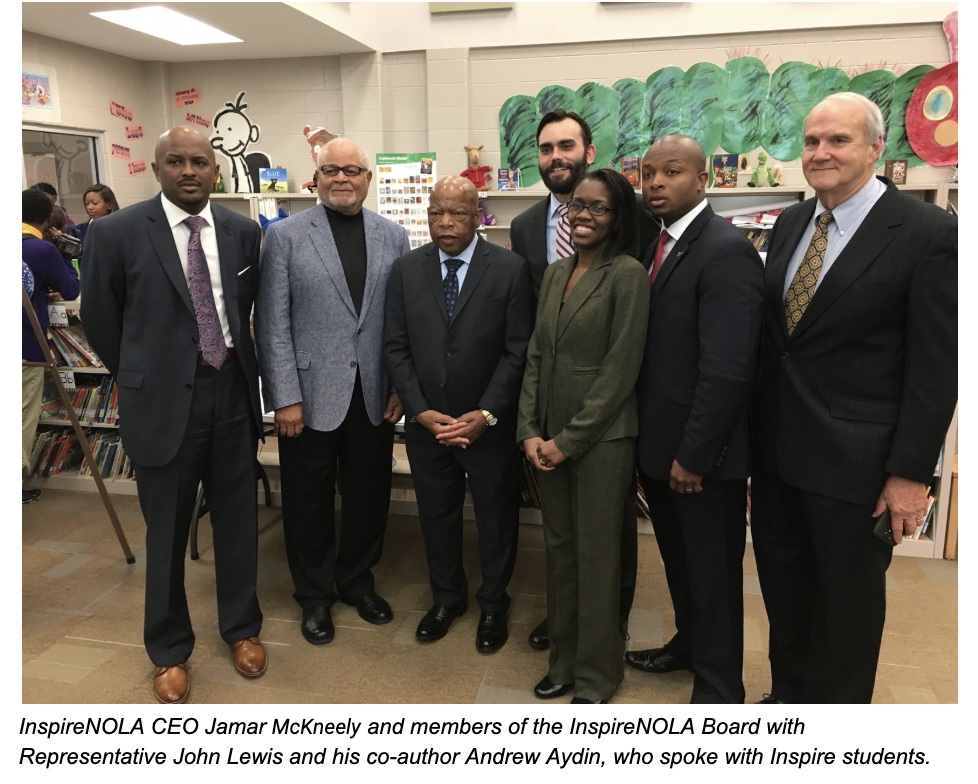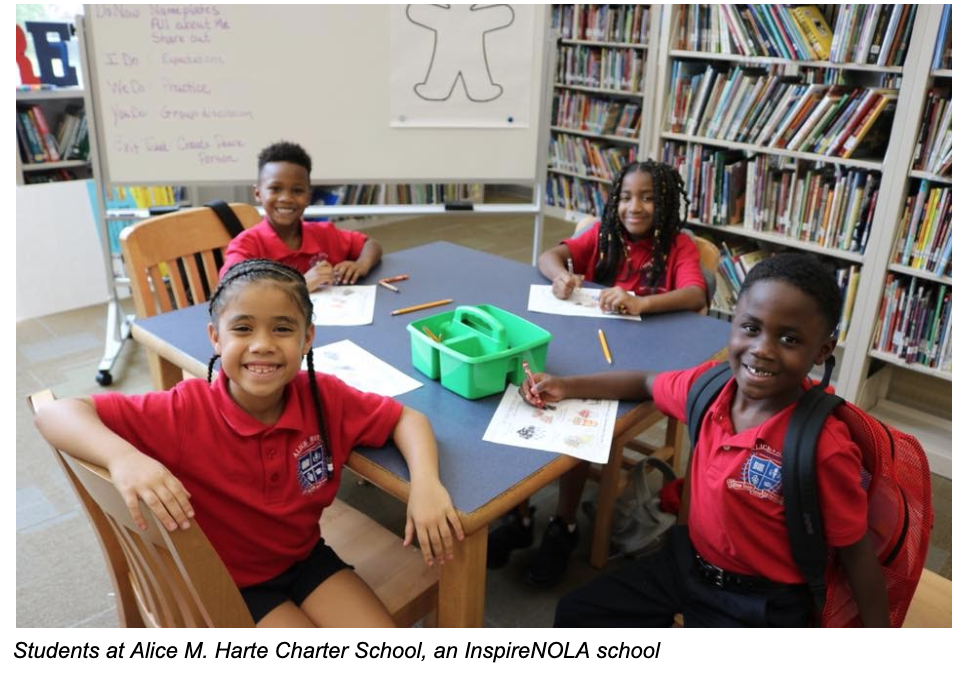The March issue of New Orleans Magazine hit newsstands last week and included the following sponsored article featuring InspireNOLA Board Member and local attorney MaryJo Roberts. MaryJo’s mother was a New Orleans teacher for 30 years and she discusses the differences and similarities in the school system then and now.
My Mother’s New Orleans Public Schools – and Mine
by MaryJo Roberts

My mother was a 30-year educator that taught before Hurricane Katrina. Today, I’m going on my seventh year as a member of a charter board. It’s no secret that there are differences between the educational world my mother taught in and the one in which I sit on InspireNOLA’s board today. There’s also much that’s the same. In what can be heated dialogue around our city’s public schools, it is worth taking stock of how our past and present models compare.
The most visible differences in our system, perhaps, have involved school choice. In my mother’s tenure, New Orleans was a location-based system; with the exception of selective-admissions schools like NOCCA, Benjamin Franklin, and Lusher, the school you went to was tied to where you live. Unfortunately, stronger schools were often in wealthier neighborhoods. This meant that students with less privilege often ended up with fewer educational resources, further exacerbating inequality.
Now, there is a neighborhood preference for many schools, which means most schools give priority to students living within a certain radius of the school for a certain number of seats, but no child is required to attend the school they live closest to.
Today, students can apply to schools all across the city. Now families can apply for the schools that most appeal to them, not just the one closest to their home. Almost all elementary and middle schools do offer a neighborhood preference in the enrollment process, meaning that students living near a school have priority—for up to a certain percentage of available seats. This approach takes into account families that most value a school close to home, while ensuring that no child is limited in their options because of their zip code.
Our new system also gives schools more autonomy and flexibility than ever before. There’s newfound ability to make change on a school level. If a principal wants to make a change in their curriculum, for instance, they do not have to go through many levels of district bureaucracy, and it can be for their individual school, not the entire system. At InspireNOLA, we have a strong emphasis on high quality curriculum, so this is particularly important to us. When something doesn’t work, we want to go right back to the drawing board in our classrooms, not wait for it to work for all schools across the city. We find new tools and different programs and we get to the heart of what our students need.

These changes have been important, but there is so much that remains the same from when my mother was in the classroom—both the hopeful and the difficult.
When my mother was in the classroom, educators, families, and local leaders were fighting for a city of A and B schools, just as they are now. There are fewer “F” rated schools now—62% of children were in “F” schools in 2005, compared to 8% today—but we have a long way to go. We still have 26% of children in D schools, which represents an urgent need for improvement.
We also face the perpetual struggle of funding. My mom’s classroom was in a trailer. The air conditioning didn’t work in the spring and the heat wasn’t strong enough in the winter. There were simply too few resources for schools. Today, public education still needs more funding. At InspireNOLA and across all schools and networks, it can be difficult to recruit and retain educators with a competitive salary against other jobs. Nine hundred teachers are leaving their roles each year. We need more money from the state for teacher salaries, for resources, and for our schools.
Then, as now, despite the challenges they face, our teachers are working with unyielding commitment to our children. My mother’s work didn’t end at 3 o’clock. She brought so much home with her; her heart and soul were in her work. She was emotionally invested in the lives of her children and she cared deeply about each one. I see this at InspireNOLA, from our classroom teachers, to our coaches, to our CEO, to all of us on the board. We are devoted to the children in our schools, and we work with passion and dedication to provide them with all that they deserve.

Relationships also remain a strength in our public schools. My mom built deep and meaningful relationships with her students, as well as their families. I have lifelong friends from my time in public schools as well. Many of our schools have long legacies and close-knit alumni communities. At InspireNOLA, I see kids building relationships with one another and their teachers. I also see them feel a sense of connection with the leaders we have invited to visit InspireNOLA students—like Sybrina Fulton, Dr. Bernice King, Senator Cory Booker, and Representative John Lewis. Our students see similarities in their stories and identities and they feel inspired. Relationships fuel the work of education in our city, and our relationships are strong.
As we look to the future of education in New Orleans, we need to take stock of what we’ve learned from the generations of students and educators that have come before, and those in our classrooms today. We will keep working for excellent, high-quality schools. We will continue to advocate for the funding our children deserve. And we will use the strength of our commitment and our relationships to fuel this hard work, now and in all the years to come.
